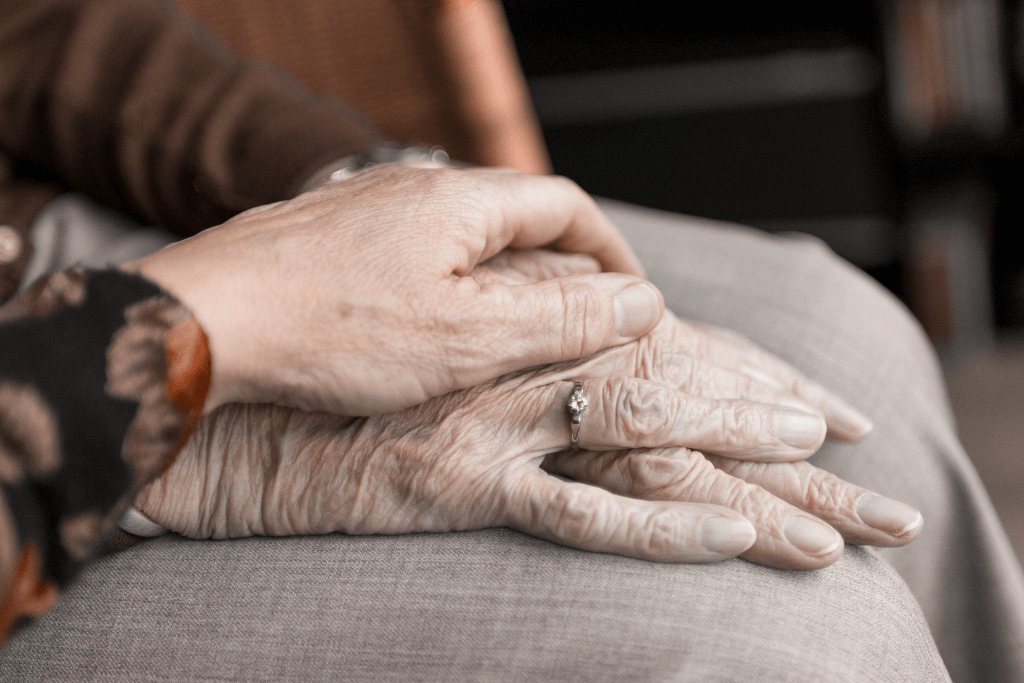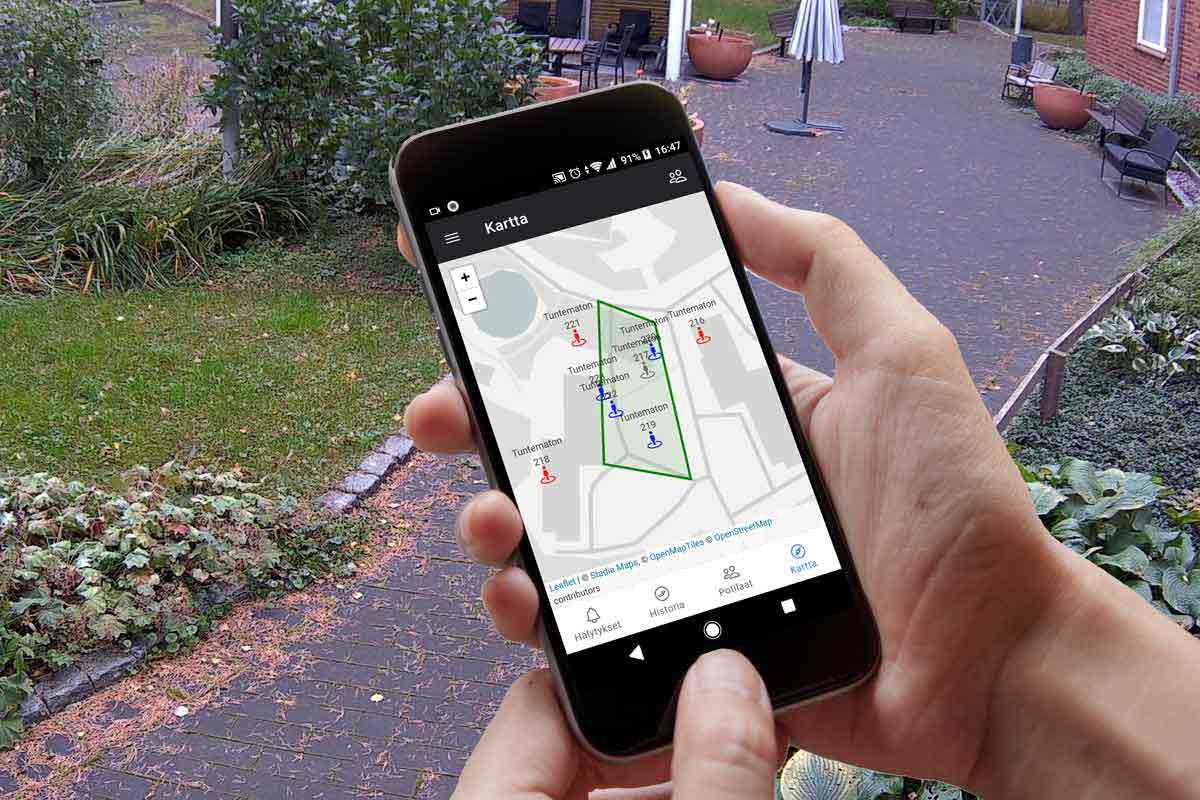
Benefits of Digitalization
Technology in Elderly Care: Benefit or Burden?
Finland leads in welfare technology, offering solutions from elderly care to social services, but do the benefits truly outweigh the challenges?

Benefits of Digitalization
Technology in Elderly Care: Benefit or Burden?
Finland leads in welfare technology, offering solutions from elderly care to social services, but do the benefits truly outweigh the challenges?
Finland is at the forefront of welfare technology globally. Technology is offered as a solution to almost every problem, including elderly care. However, are the benefits that technology brings to welfare really as significant as claimed? Does technology actually bring positive benefits, or is it just a burden?
Problems in Elderly Care
Although Finland is among the world's leading countries in welfare technology, there is plenty of room for improvement in elderly care. Serious problems were revealed in round-the-clock care in early 2019. Some of the problems stem from haste, but unfortunately, in some care facilities, they also arise from the indifference of staff or management. Poor quality has almost become the standard.
The introduction of profit targets has led to the use of various metrics. While metrics as such belong to business operations, narrow-minded monitoring of metrics can also be misleading. Then the most important thing - providing meaningful life for the elderly - is forgotten.
The new caregiver ratio to be written into the elderly care services law aims to correct some of the identified shortcomings. However, the shortage of caregivers makes it difficult to increase the number of caregivers, and merely increasing the number of caregivers is certainly not a guarantee of high-quality care.
In addition to this, other means are needed. The government has designated technology as one means of improving the quality of elderly care. Technology is already widely used in care work, but the experiences have not always been positive.
Use of Welfare Technology in Elderly Work
Technology designed for the elderly is widely available. Some is intended for them to make everyday life easier, and some is meant to be used in care facilities to support work.
With the help of technology used at home, elderly people can live longer in their own homes. Various safety devices such as safety bracelets and alarms create a sense of security for the user, their caregiver, and their relatives. Through video connection, elderly people can be contacted without visiting in person.
The availability of care staff can be increased by, among other things, replacing monitoring with digital surveillance. Various lifting aids and robots have been developed to help with heavy work. Smart floors recognize, among other things, falling out of bed or leaving the room.
Although technology can be of great help in care work, it can also become a burden. In the worst case, those doing demanding care work are burdened further with some kind of new innovation. Someone who has sought human-centered work may suddenly find themselves spending more time with machines than with people.

The Dark Side of Technology Utilization
Although technology can be of great help in care work, it can also become a burden. In the worst case, those doing demanding care work are burdened further with some kind of new innovation. Someone who has sought human-centered work may suddenly find themselves spending more time with machines than with people.
The majority of caregivers who responded to the survey conducted for Arja Rytkönen's dissertation believed that technology is being used too much to replace human interaction. Technology was not perceived as providing additional time for working with clients.
The same applies to home care. An elderly person's social contacts may already be limited and may decrease further when remote communication is used. Technology can never replace the closeness of another human being.
In a study on the digitalization of elderly work by JHL and the University of Tampere, almost 70 percent felt that the use of technology increased time pressures rather than reducing them. Equally many mentioned that technology caused delays in work. It's no wonder, then, why users often resist the implementation of new technology.
Customer-oriented Software Development
Technology should not be adopted just for its own sake or because competitors are also adopting it. When selecting technology, the user should always be listened to first and foremost, whether they be a caregiver, family member, or the elderly person themselves. This way, the appropriateness of the system can be ensured. Technology should never be a burden, but should genuinely help the user perform their tasks more smoothly, and thus make life easier.